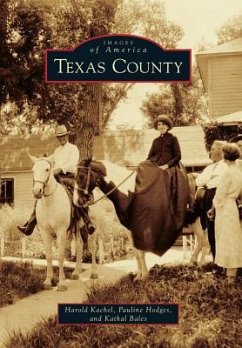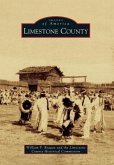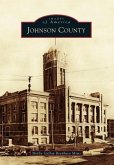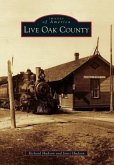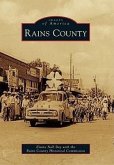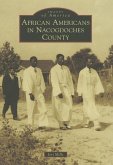Although there is evidence that prehistoric people lived in the area, Texas County did not officially exist until the area comprising No Man's Land, the Neutral Strip, and later Cimarron Territory was tacked onto Oklahoma at statehood in 1907. For the 70 years prior, the area belonged to no state or nation, and for 70 years it was a haven for those who chose not to abide by the law, as well as some good folks who established ranches and small villages. The area drastically changed with the arrival of railroads at the beginning of the 20th century, causing the creation of new towns and the influx of homesteaders who created a whole new culture. From these humble beginnings, the area has grown to become a leader in gas production and hog farms, as well as a home for prosperous ranches and a packing plant.
Hinweis: Dieser Artikel kann nur an eine deutsche Lieferadresse ausgeliefert werden.
Hinweis: Dieser Artikel kann nur an eine deutsche Lieferadresse ausgeliefert werden.

